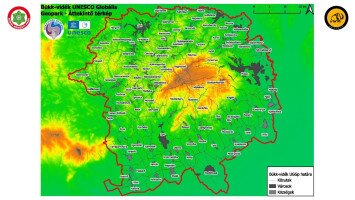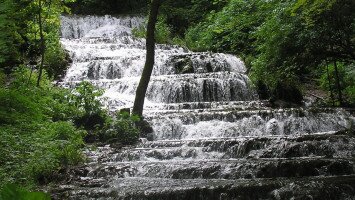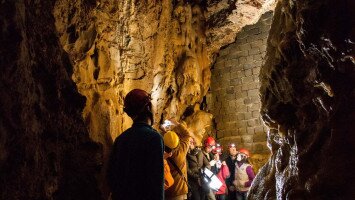Az Upponyi-hegység területét, mintegy 13-15 millió évvel ezelőtt, a miocén kor bádeni, szarmata korszakában tenger borította. A sekély tengerben homokos, agyagos üledékek képződtek, ezekre a tenger parti zónájában homokos, kavicsos folyóvízi hordalék települt. Az üledékképződést 13 millió évvel ezelőtt andezites törmelék és lávakőzeteket szolgáltató vulkáni működés szakította meg. A Damasa-szakadékhoz vezető Egres-völgy a tengeri és folyóvízi üledékekbe vágódott be és feltárta a környék felépítésében szerepet játszó üledékeket és az azokat áttörő andezit testeket, illetve az érintkezési sávjukban különböző mértékben megsült, üvegesedett kőzetváltozatokat. A mély patakvölgy mentén a víz által gyakran eláztatott üledékekben suvadások történtek, agyagos csúszófelületeken. A helyenként több 10 m vastagságú súlyos vulkáni tömbök földrengések hatására kibillentek eredeti helyzetükből és két hatalmas, illetve több kisebb tömb lecsúszott a völgybe. Ezek a „blokkcsuszamlások” hozták létre a Damasa-szakadékot, helyi adatok szerin a XVIII-XIX. században. A leomlott kőzetblokkok között zegzugos járatrendszerek – álbarlangok alakultak ki, melyek közül a legnagyobb hossza több mint 85 m, a legnagyobb mélység pedig több mint 25 m.













